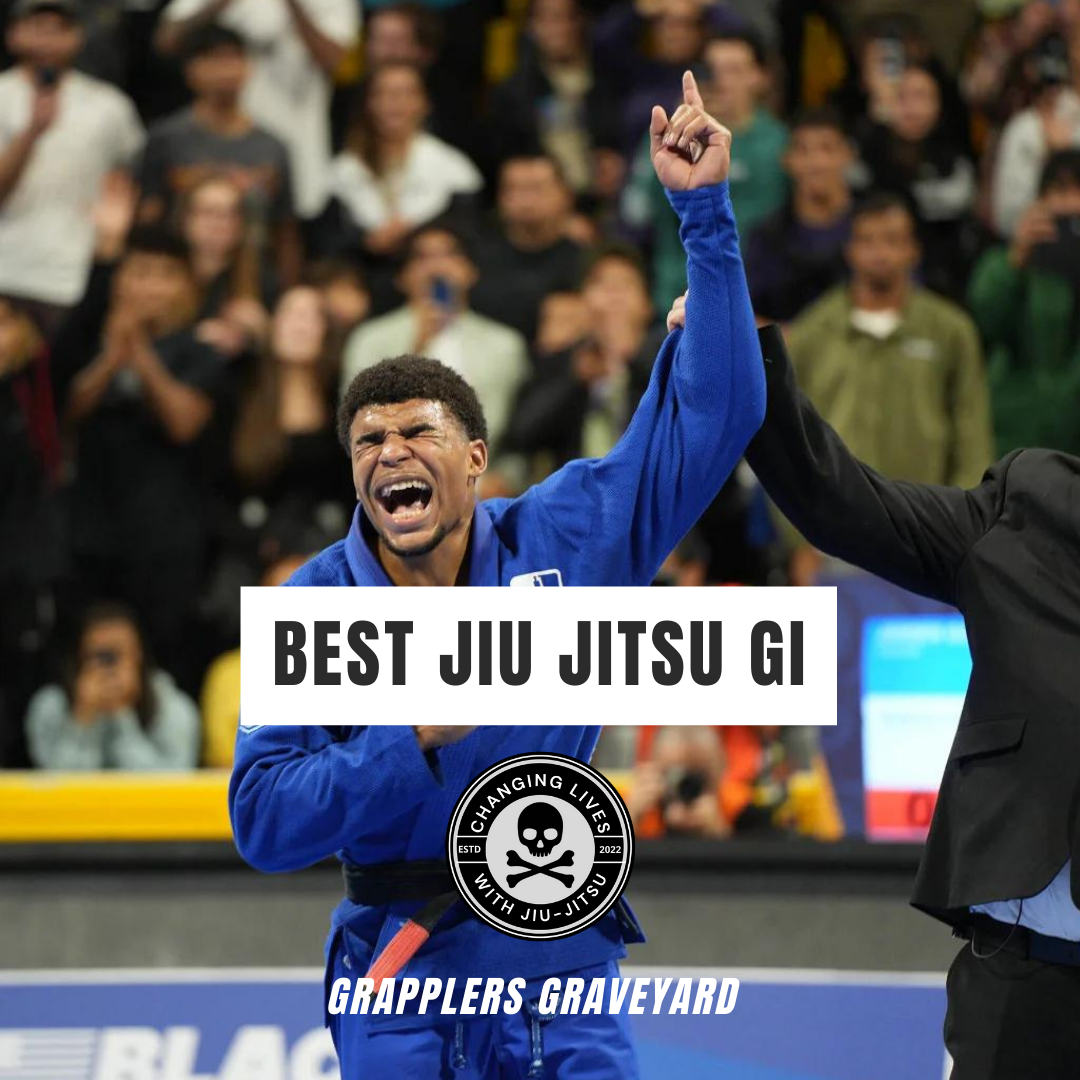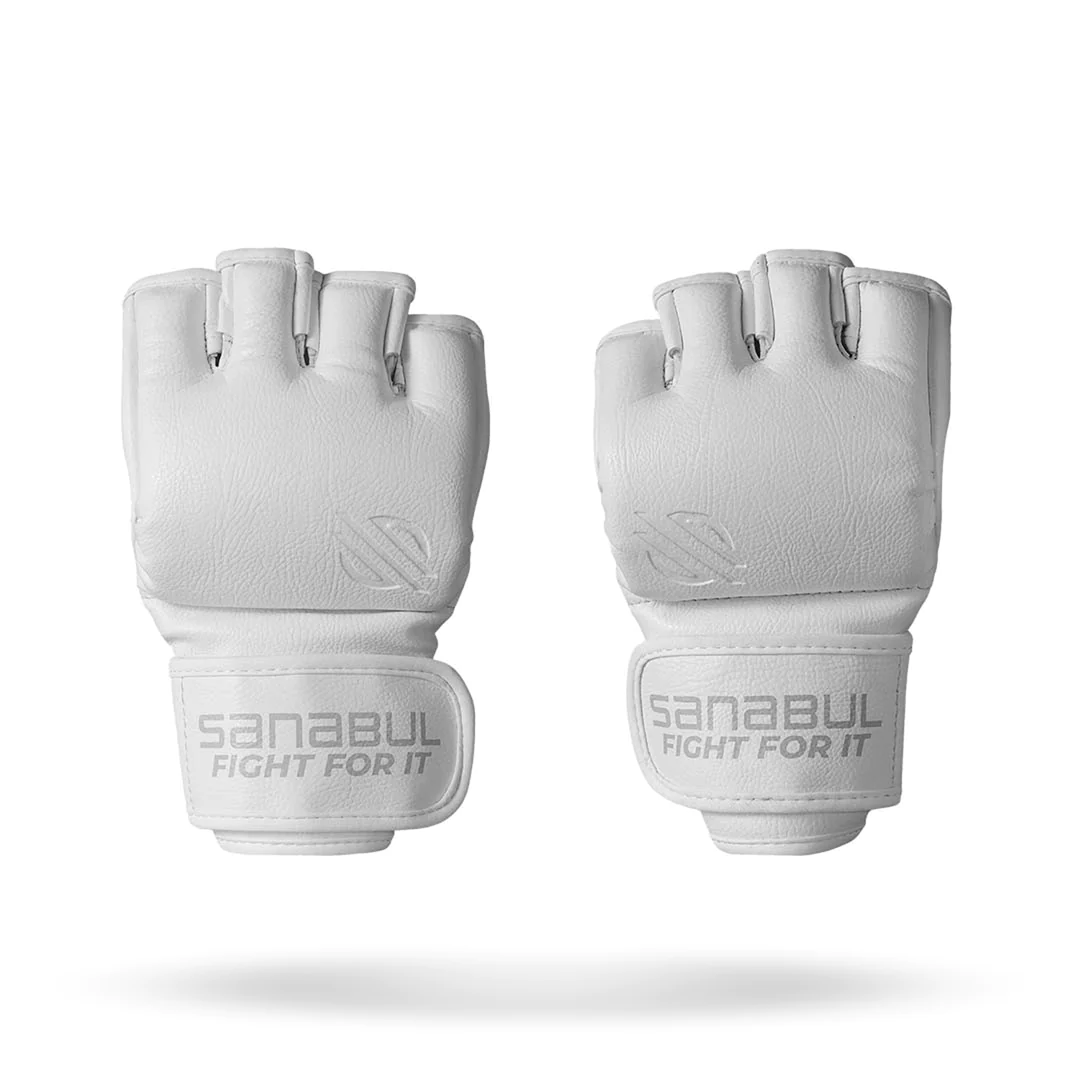
Cameron
Table of Contents
Martial arts have long been revered as a means of self-defense, personal development, and physical fitness. The art of fighting dates back centuries, and over time, various forms of martial arts have developed from different parts of the world, each with its unique set of techniques, philosophies, and benefits. But which one is considered the best martial art today? Suppose you’re looking to learn a martial art for self-defense purposes. In that case, there are many options available, ranging from grappling-based styles like Brazilian Jiu-Jitsu to striking-based styles like boxing. In this article, we’ll explore the best martial arts for self-defense and delve into their advantages and disadvantages to help you decide which one to pursue.

12 Best Martial Arts For Self-Defense (No Order)
1) Boxing
Boxing is one of the oldest known martial arts, dating back to 688 BCE when it was accepted formally in the 23rd Olympiad. With a primary focus on punching techniques and footwork, boxing teaches practitioners to deliver powerful punches with precision and accuracy while also avoiding incoming attacks.
Boxing is an excellent option for self-defense because of its versatility. When you learn boxing techniques, you can use them in any order or form, making judgments based on your opponent’s moves instead of being restricted to specific movements due to choreographed techniques.
The Venum Challenger 2.0 Gloves are one of the best boxing gloves, especially for beginners with a smaller budget. These gloves feature an attached thumb design that protects your thumbs and joints, alongside a multi-layered foam padding that ensures maximum protection, even during heavy bag work.
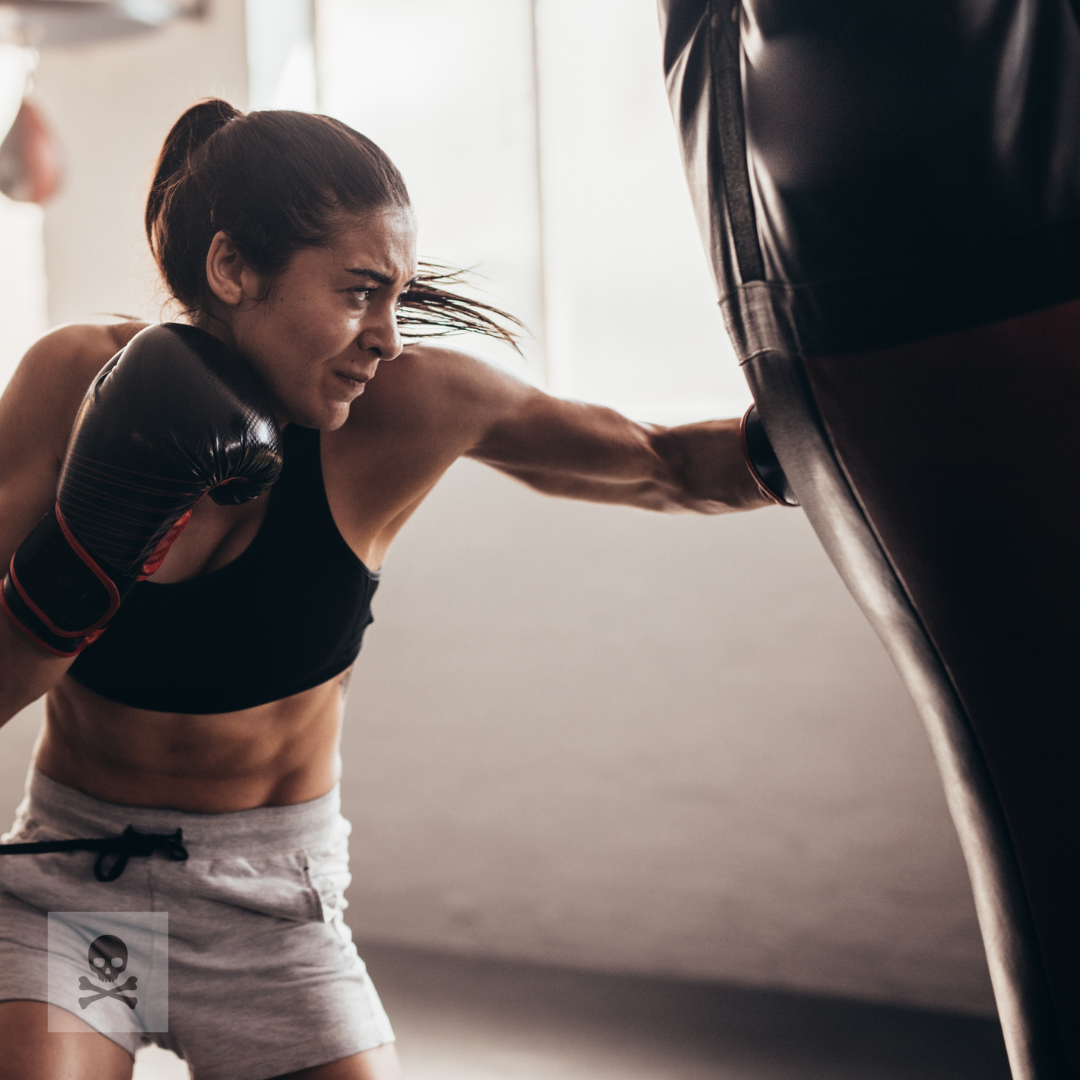
The versatility of boxing techniques is crucial for self-defense tactics in a street fighting scenario where attackers may not be moving in a choreographed manner, making it necessary to adapt and use techniques in any form or order to defend oneself effectively. The only downside of boxing for self-defense is that it is limited to only striking.
There is no kicking, grappling, or defense against weapons specifically. Though boxing is a fantastic discipline of martial arts and an excellent foundation for self-defense, only learning boxing alone can be limiting in a street fight setting.

2) Russian Sambo
Sambo originates from a part of the Soviet Union’s Red Army training during the early 20th century. Sambo is an acronym for “SAMozashchita Bez Oruzhiya,” meaning “self-defense without weapons.” Sambo is a combat system that is meant to be effective in any situation, making it another excellent option for learning how to defend yourself.
The fundamentals of sambo include a hybrid emphasis on striking, takedowns, grappling, and submissions.
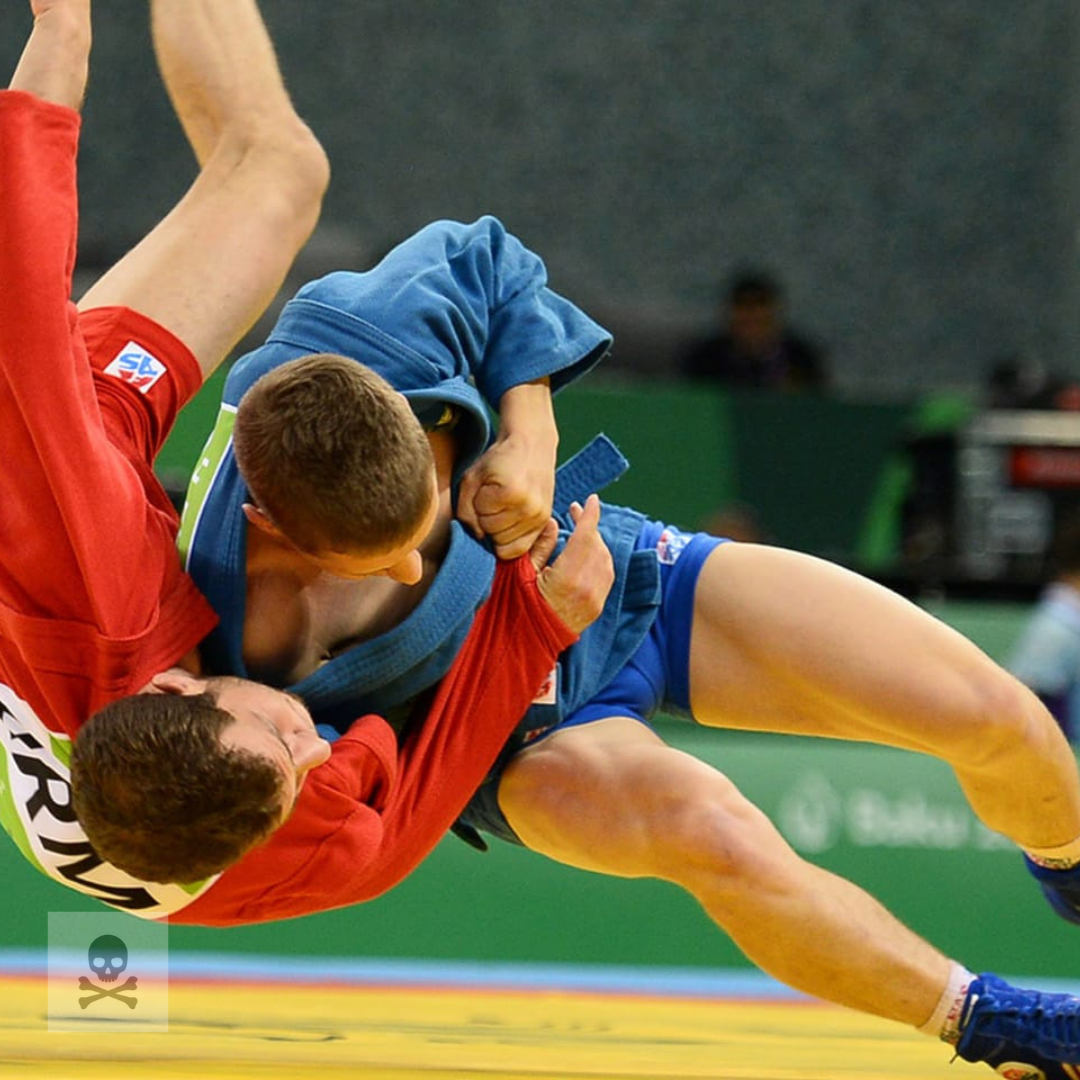
Like boxing, sambo is a versatile martial art that allows you to use the techniques you learn in any way needed; unlike boxing, though, sambo teaches more than just punching, but also kicks, knee and elbow strikes, high impact takedowns, chokes, and joint locks. There isn’t any particular downside to learning sambo for self-defense, as it is designed for just that.
Finding a proper sambo instructor may be difficult as the discipline isn’t a very popular martial art in the U.S. Please be reminded that all martial arts are a form of dangerous combat, and it is highly recommended to participate and learn only with trained professionals to avoid injury.
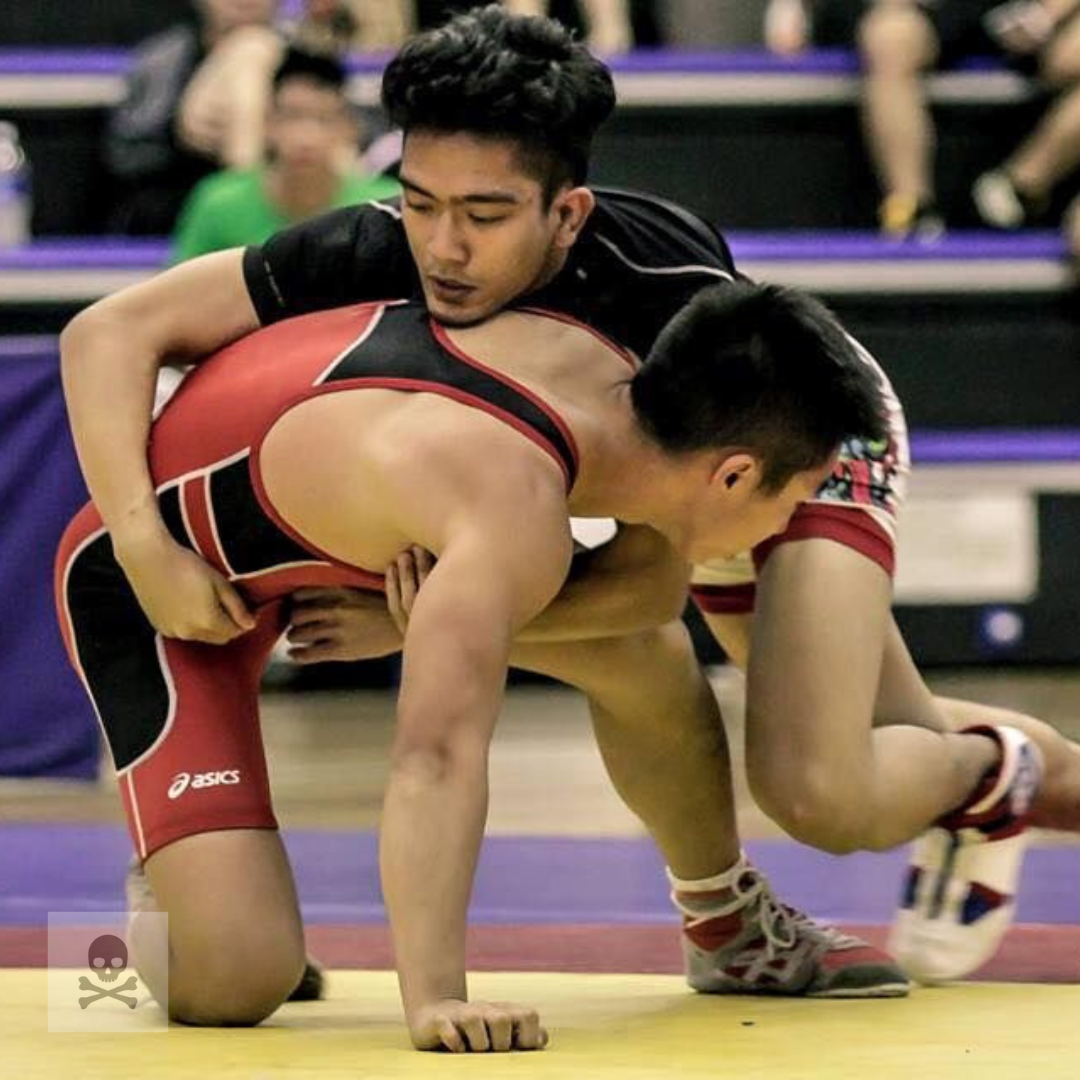
3) Wrestling
Wrestling is a martial art emphasizing grappling, takedowns, and ground control techniques. One of the most significant advantages of learning how to wrestle is that a practitioner learns how to control their opponent’s body by manipulating their weight distribution and using momentum and focal points on the body to take them down.
You are also in close range, making it more difficult for your opponent to hit you. However, the biggest disadvantage to wrestling in a self-defense or street fight setting, in particular, is that it does not teach how to attack your opponent or defend against incoming attacks. Wrestling is most often taught as a sport instead of a combative discipline.

4) Brazilian Jiu-Jitsu
Brazilian Jiu-Jitsu, or BJJ, is a modern form of grappling derived from the traditional Japanese discipline, “Ju-Jutsu,” and refined by the Gracie family in Brazil. Gaining its popularity in the 1990s through the creation of the UFC, BJJ is often taught as a competitive sport but has many advantages for self-defense.
BJJ foundations emphasize gaining control of your opponent, isolating the part of the body you want to attack, and attacking with a joint lock (resulting in a bone break or tendon/ligament tear) or a choke (cutting off the blood supply to the brain, resulting in your opponent to pass out).
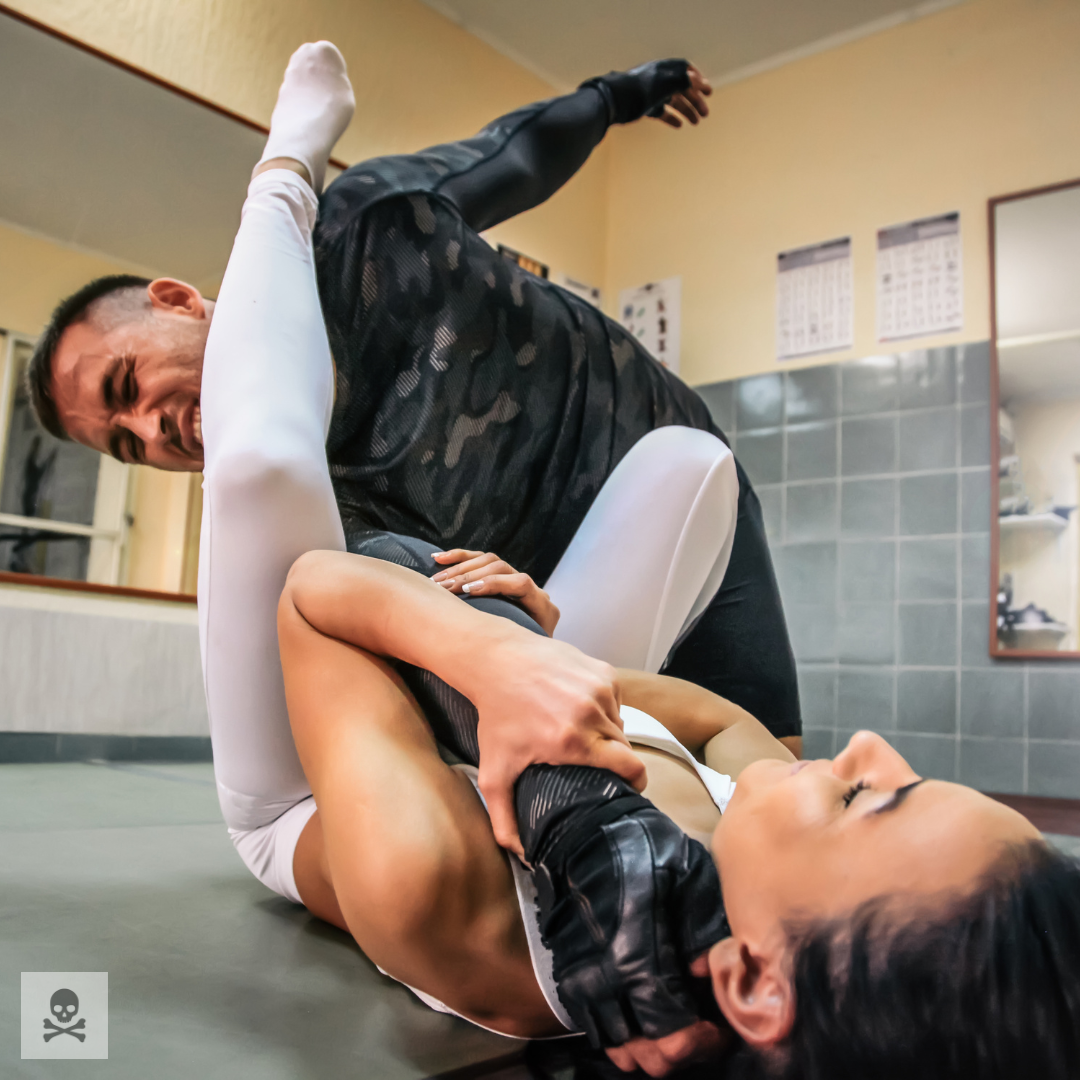
In traditional BJJ, practitioners typically wear a gi, a conventional uniform consisting of a thick cotton jacket, drawstring pants, and a tie-around belt (differentiated by color to express rank). Practitioners then will learn how to use the gi to their advantage by grabbing it in different specified places.
Depending on what your attacker may be wearing, this can be an advantage or disadvantage in self-defense scenarios. If they are wearing a jacket and pants, you have an advantage because it is similar to a gi; however, if they are not wearing something similar to the gi, you may not be able to use all the techniques learned in a BJJ class. This is why “nogi” jiu-jitsu has since been created.
Nogi jiu-jitsu uses many of the same techniques as traditional BJJ but has been adapted to eliminate the use of your opponent’s clothes. Therefore, in a street setting, you wouldn’t have to worry about whether or not your attacker has on a jacket. BJJ does not involve striking, so many consider that a disadvantage for self-defense.
However, BJJ is a close-contact martial art designed to eliminate the need for strikes, so if you can get onto the ground or in a close enough position to avoid any possible strike attacks from your opponent, BJJ is a perfect option for self-defense.
Find the top-rated BJJ Gi's here. Helpful information on what to look for, how to find the best gi, and which brands suit you best based on your budget!
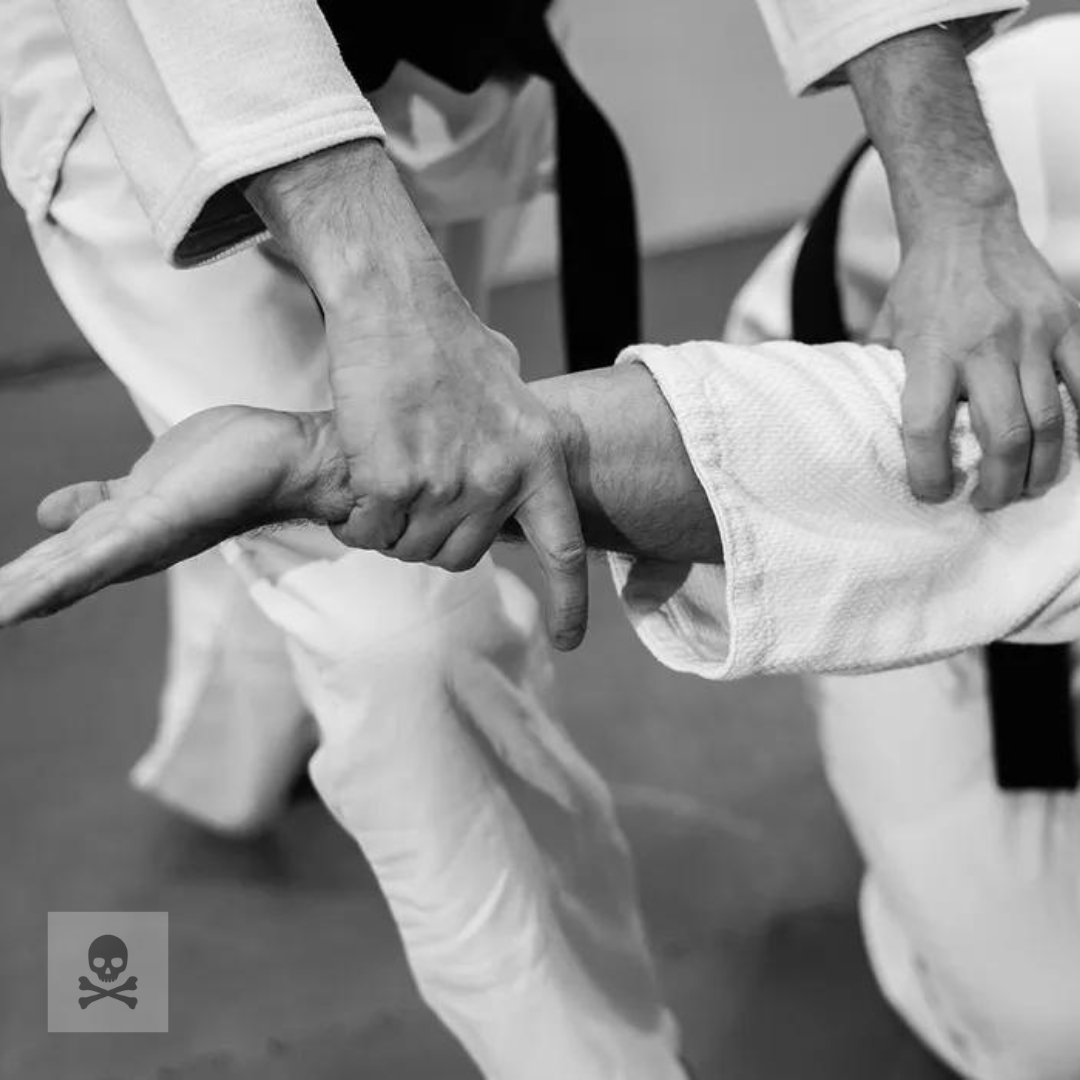
5) Aikido
Aikido is a Japanese martial art created in the early 20th century that emphasizes blending with an attacker’s energy and redirecting it, rather than meeting force with force.
Aikido incorporates joint locks, throws, and pins to stop an attacker without causing serious injury. One of the best advantages aikido offers for self-defense is that it teaches defense over offense so that it can be used more effectively against larger or stronger attackers.
Aikido also emphasizes the mental aspect of fighting by teaching practitioners to remain calm and focused under pressure, which can be life or death in some situations. The downside to learning aikido for self-defense is that it requires a very high level of technique to be effective, which could take a long time to acquire. It also does not incorporate striking or ground fighting techniques, which could be limiting in some situations.
6) MUAY-THAI
Muay-Thai is an older martial art that originated in Thailand many centuries ago. Muay-thai is a striking-based martial art that emphasizes punching, kicking, knee, and elbow strikes. Similar to boxing, muay-thai teaches practitioners how to deliver speedy and powerful attacks while simultaneously defending from their opponent’s strikes.
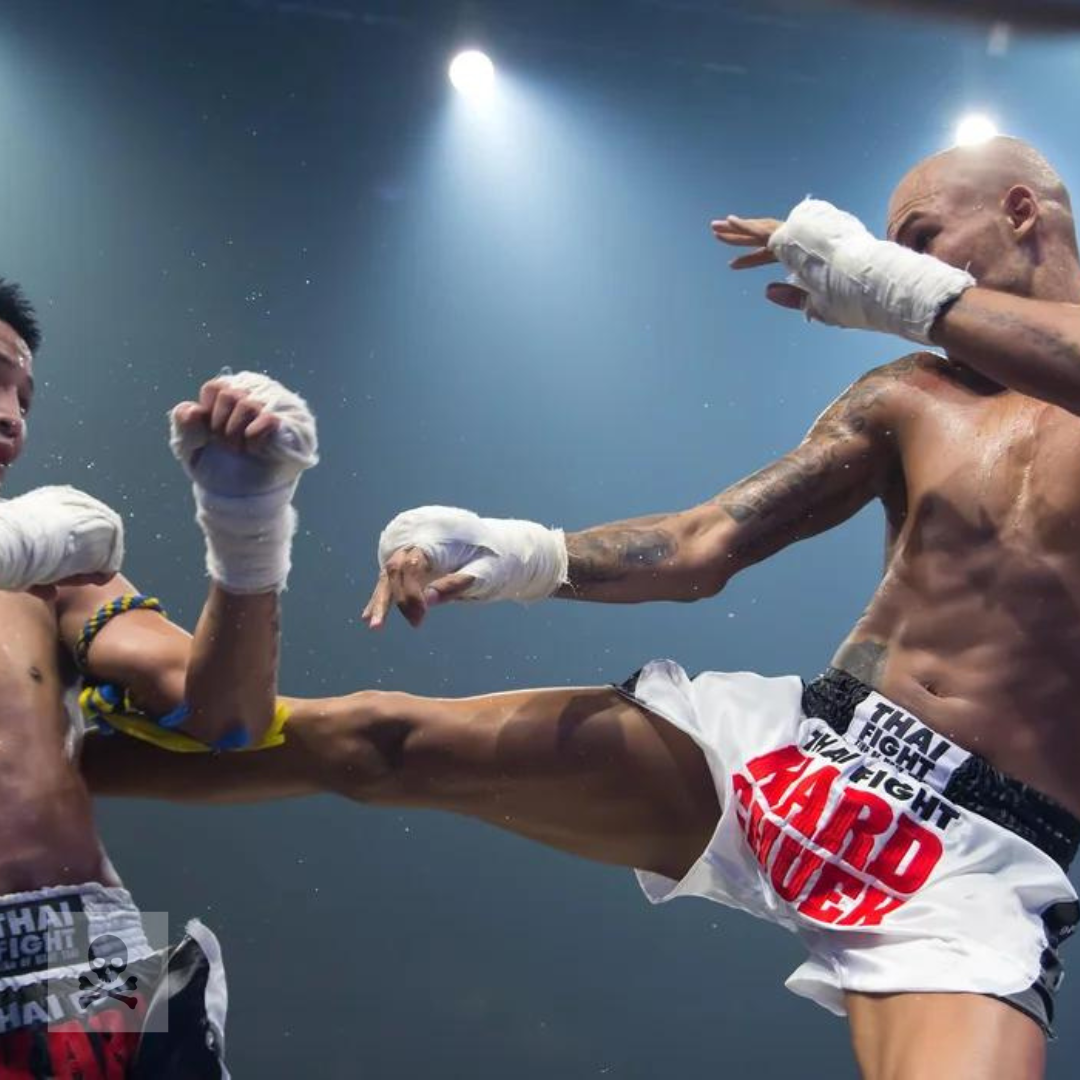
Due to the powerful nature of muay-thai training, practitioners will gain a strong base of conditioning and endurance, which can help practitioners withstand physical stress in a fight. Since muay-thai is designed as more of a sport, some of the learned techniques may not be practical in street fighting due to their flashy nature.
7) KRAV MAGA
Krav Maga was created for the Israeli military as a practical and effective martial art focusing on real-life situations. The easy-to-learn techniques and emphasis on practicality make it the most ideal martial art for self-defense.
Practitioners learn to be constantly aware of their surroundings and use everyday objects as weapons to escape their attackers. Even something as simple as a dollar bill can be used as a weapon and possibly be life-saving.
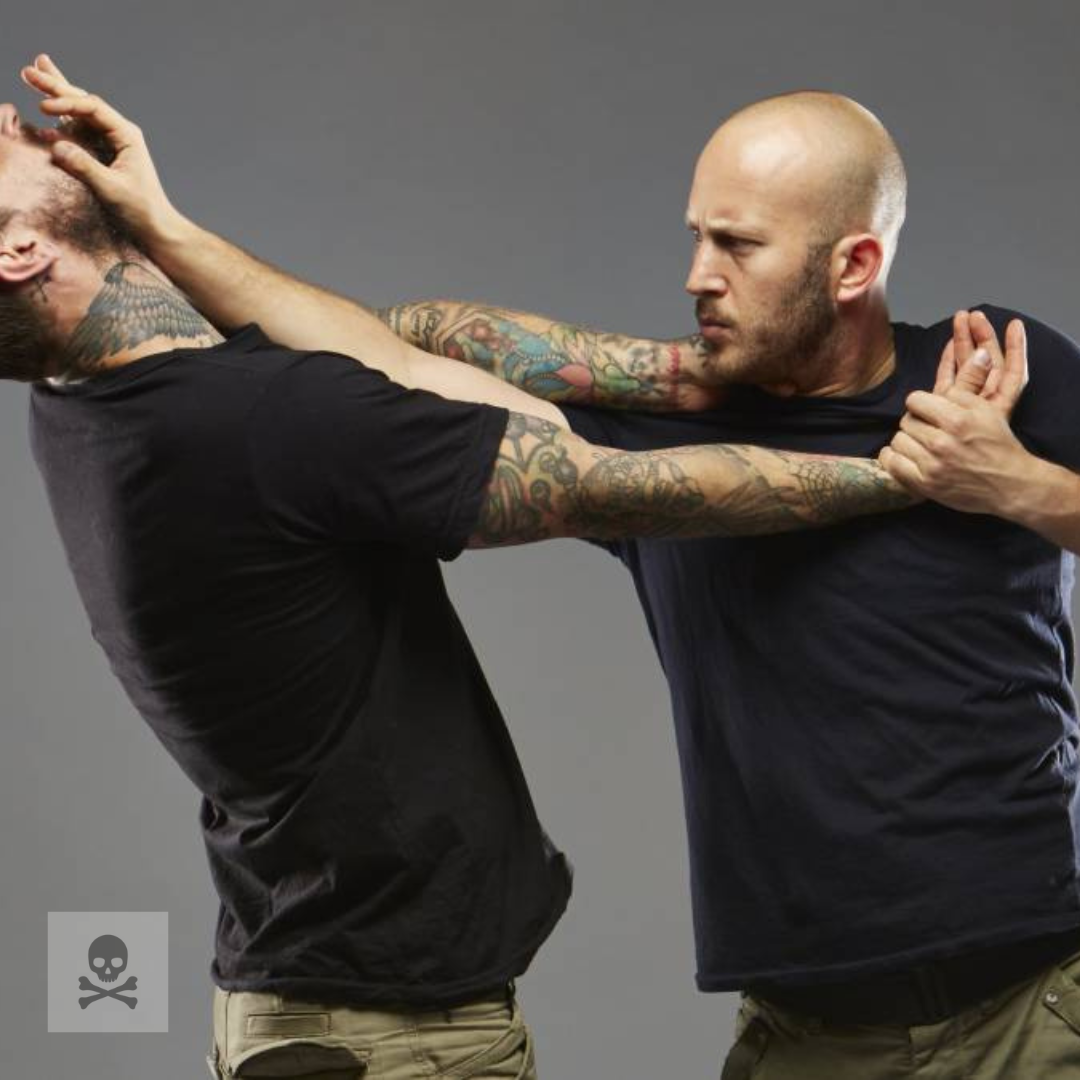
A downside of Krav Maga for self-defense and street fighting is that there typically isn’t any sparring. Sparring is pertinent to self-defense training and street fights because it is the closest thing to a ‘live’ situation and the only way to truly prepare for a real-life situation. Krav Maga is also known to create false confidence, which could result in serious injury.
Practitioners will learn hand-to-weapon techniques like disarming a gun or knife, which may not be the best response in every self-defense or street fight scenario.
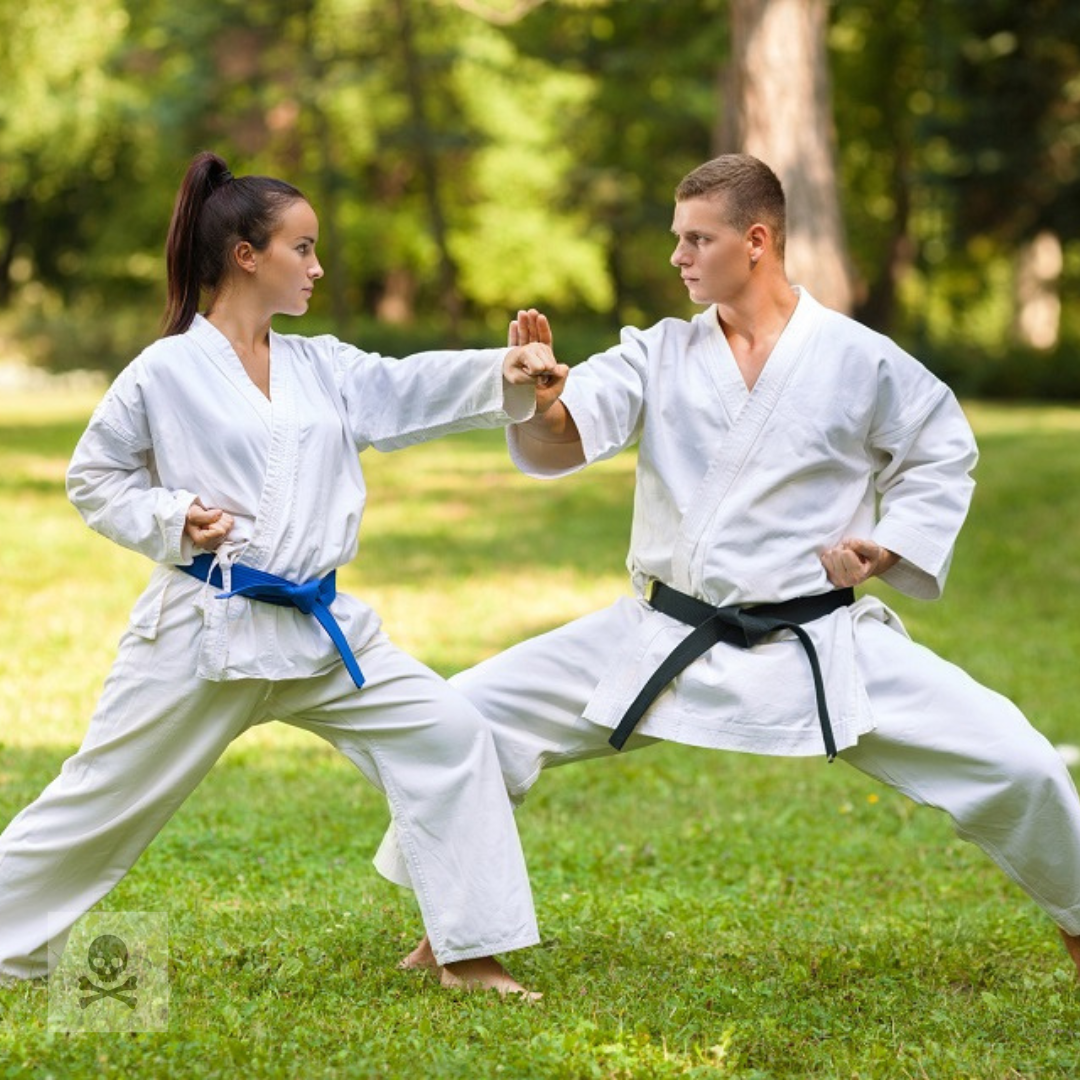
8) KARATE
Karate is one of the oldest and most well-known martial arts in history.
With origins in Japan, deriving from ancient Chinese fighting styles, Karate heavily emphasizes striking techniques, including punches, kicks, and knee strikes, as well as defensive techniques like blocks and evasions.
It is effective in close-quarter combat situations and can be used to block and escape from your attacker quickly. Despite its popularity, there are some major downfalls to Karate in a self-defense situation.
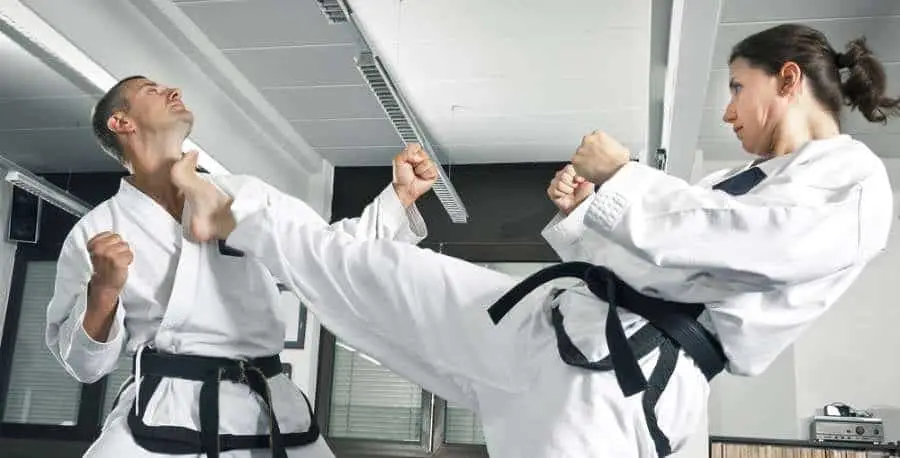
The biggest downfall is that Karate is heavily technique-based and, unlike some of the aforementioned martial arts, is conducted in a choreographic style. Practitioners learn ‘katas,’ or a sequence of Karate moves in a pre-arranged fight scenario. It could take over ten years to learn basic techniques used in Karate and apply them in real-life scenarios.
In this case, if you happened to be in a situation where you needed to defend yourself unless your attacker follows the coordinated movement pattern, you likely won’t be able to protect yourself. Additionally, karate practitioners may be less prepared to deal with multiple attackers or attackers armed with weapons. Despite these potential drawbacks, Karate remains a popular martial art for self-defense and is widely practiced worldwide.
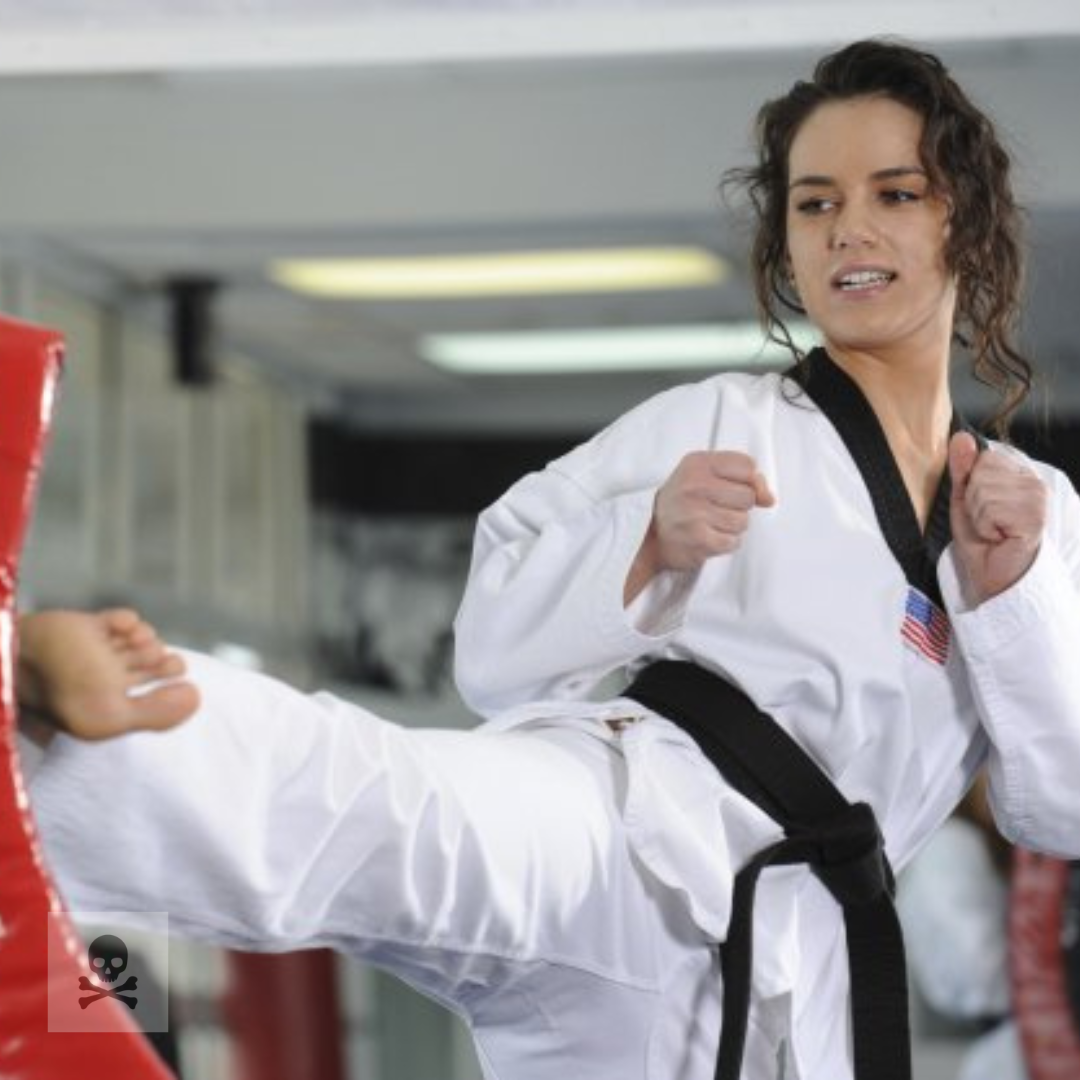
9) TAEKWONDO
Taekwondo is an ancient Korean martial art mainly known for its high, fast, and powerful kicks. Taekwondo loosely translates to “foot, fist, discipline.” It emphasizes using only the best techniques and the entire body in striking, focusing on generating power through the hips and core while prioritizing strengthening your mind.
Like any striking-based martial art, learning taekwondo can help you in any self-defense or street fight setting because you will learn how to deliver powerful strikes to your offender and avoid any in return. However, taekwondo is another choreograph-like fighting style, so applying the techniques actual fighting outside the forms or “poomsae” takes much knowledge and skill.
In taekwondo is also no ground training or weapons defense training. Though it lacks practicality in a street setting, it is among the most popular martial arts in the western world and serves as an excellent foundation for learning how to fight.
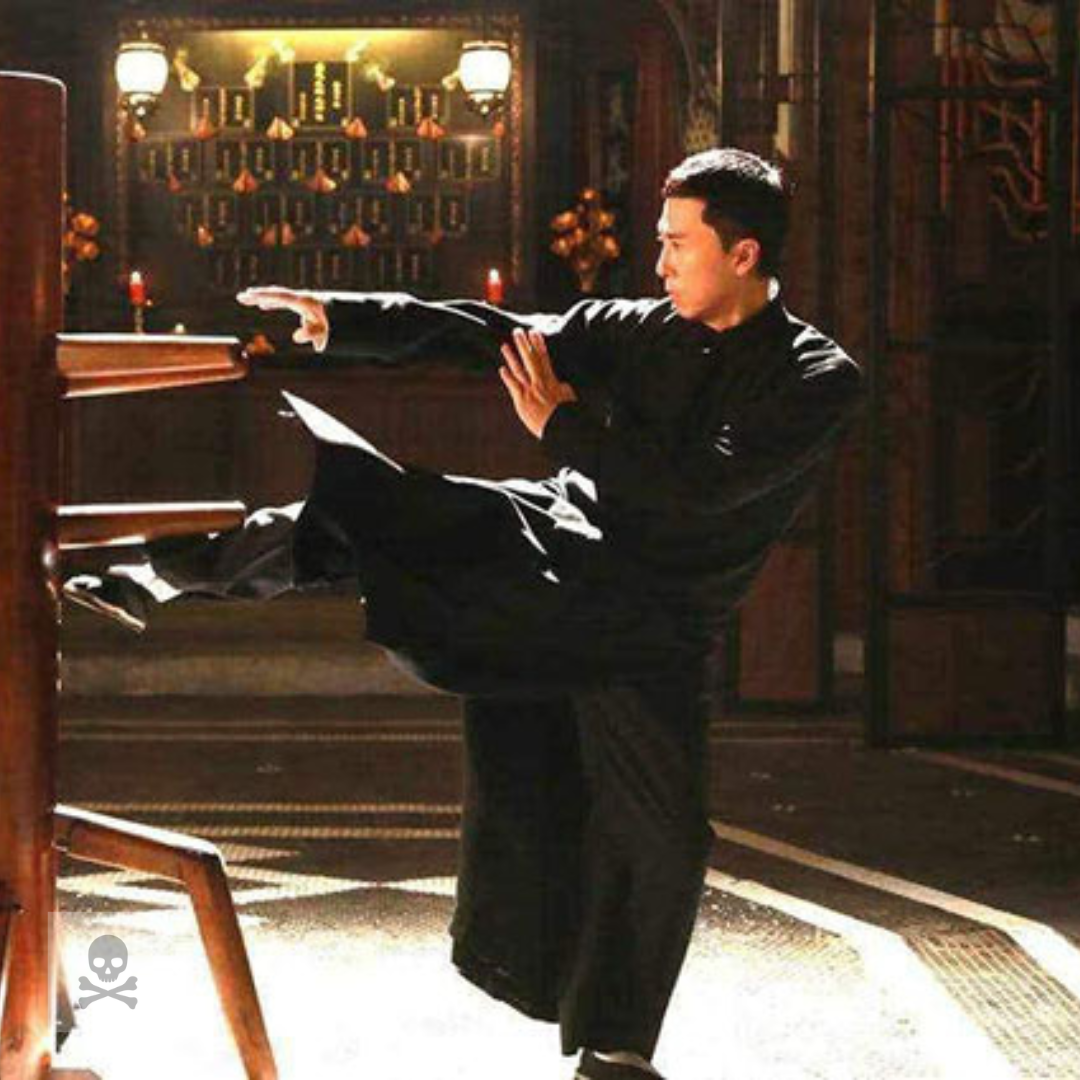
10) WING CHUN
Wing Chun is a traditional Chinese martial art created by Yim Wing Chun, who is said to have been inspired by the movements of animals like the snake and crane. Wing Chun is a close-quarters combat style emphasizing rapid, direct strikes to vulnerable targets on the opponent’s body and trapping and grappling techniques.
Its practitioners train to use their entire body as a weapon, focusing on the economy of motion and using the opponent’s energy against them. Wing Chun has gained popularity because it is considered a more practical fighting method than traditional martial arts.
Practitioners also learn to defend and attack their opponent simultaneously instead of doing one then the other. It is also noted that anyone of any shape and size can successfully use Wing Chun because it teaches how to use the entire body’s structure to create power in a small space, making it effective on opponents much larger.
However, Wing Chun’s lack of emphasis on kicks and longer-range techniques may be a disadvantage in some street fight settings where the attacker is at a distance. Additionally, Wing Chun is a form-based technique that, as discussed, is limited in a freestyle setting.
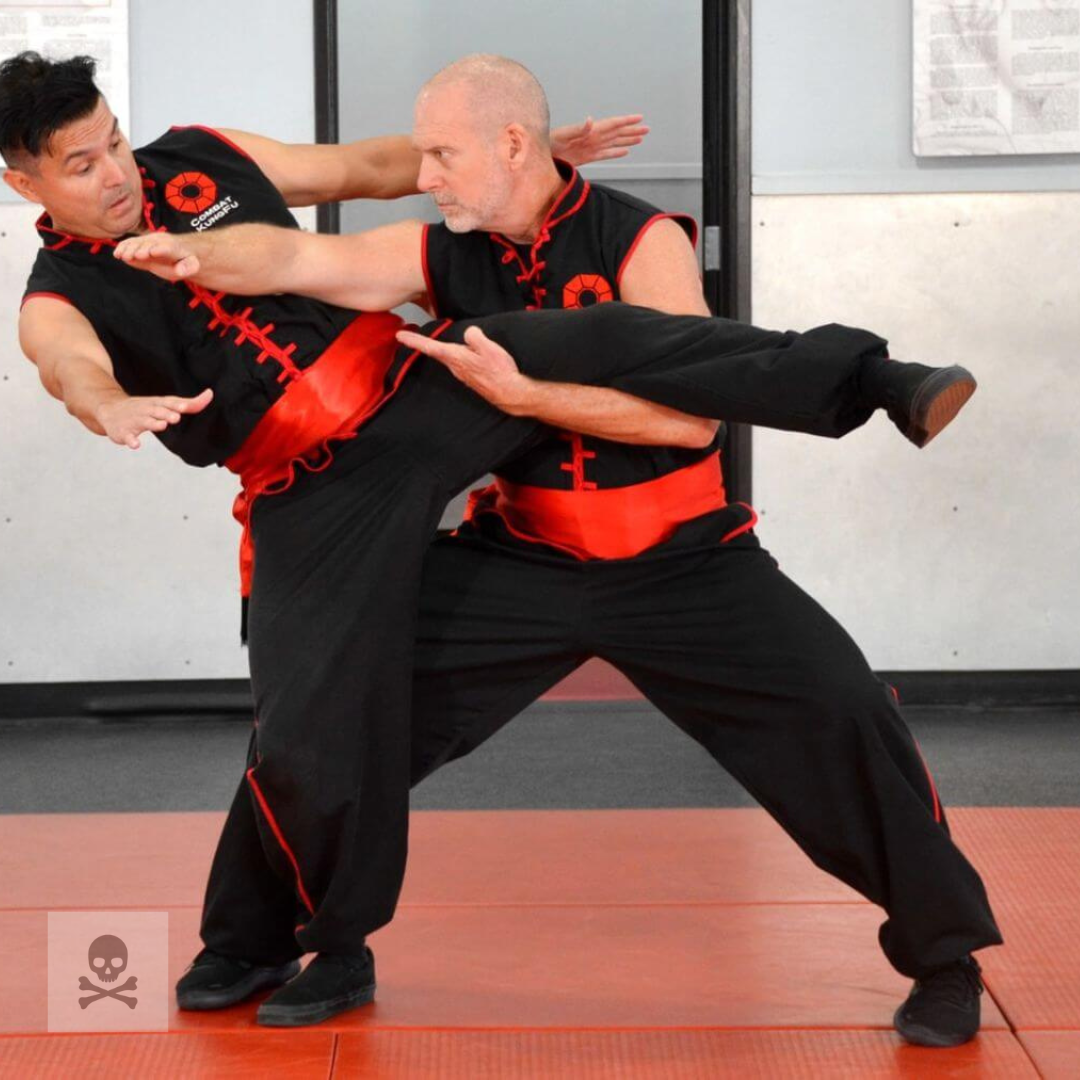
11) KUNG-FU
Kung Fu is a centuries-old, traditional Chinese martial art that originated in the Shaolin Temple by monks. The monks created Kung Fu as a means of physical conditioning and self-defense. Kung fu encompasses various styles with unique techniques, forms, and philosophies of striking, grappling, joint-locking techniques, kicks, and acrobatic maneuvers.
There are hundreds of different styles of Kung Fu, some of the most notable being Shaolin, Tai Chi, and Wushu. No matter the style, Kung Fu emphasizes practical and effective techniques to adapt to any situation.
The only downside is that, once again, it is a (strict) form-based martial art that can take years to master enough to apply in a real-life fight or self-defense situation. The techniques are a good base foundation for practical martial arts and a great way to learn discipline and peacefulness within the mind.
12) MIXED MARTIAL ARTS (MMA)
MMA, short for Mixed Martial Arts, is a full-contact combat sport that uses striking and grappling techniques from various other martial arts and combat sports.

Its origins can be traced back to ancient Greece’s combat sport of pankration and various traditional martial arts worldwide. However, modern MMA began in the United States in the 1990s with the Ultimate Fighting Championship (UFC), a promotion that aimed to determine the most effective martial art for unarmed combat. MMA quickly gained popularity due to its thrilling and intense fights, showcasing the effectiveness of martial arts and combat sports against one another.
MMA is a broad term that can technically involve any type of blended martial arts; however, MMA typically is one fighting style that consists of boxing, kickboxing, judo, wrestling, and jiu-jitsu. It takes all of the most effective and practical techniques from these fighting disciplines and teaches practitioners how to adapt to every situation.
Since MMA is a blend of other arts of martial arts, close-quartered and range fighting, so it is easily considered the best form of self-defense, despite its prominent popularity in sports. Some may argue that street fighting is massively different than fighting in the cage, which is true due to the rules in the cage.
Multi-layer foaming and the general construction of these gloves provide durability and protection. The Velcro closure system and the same synthetic leather, again make their appearance. Sanabul is known for its reliability as well as its affordability.
Still, any experienced fighter or practitioner can adapt to a street fight or self-defense scenario. The only drawback is that MMA may not adequately prepare practitioners for scenarios involving more than one attacker or weapons.
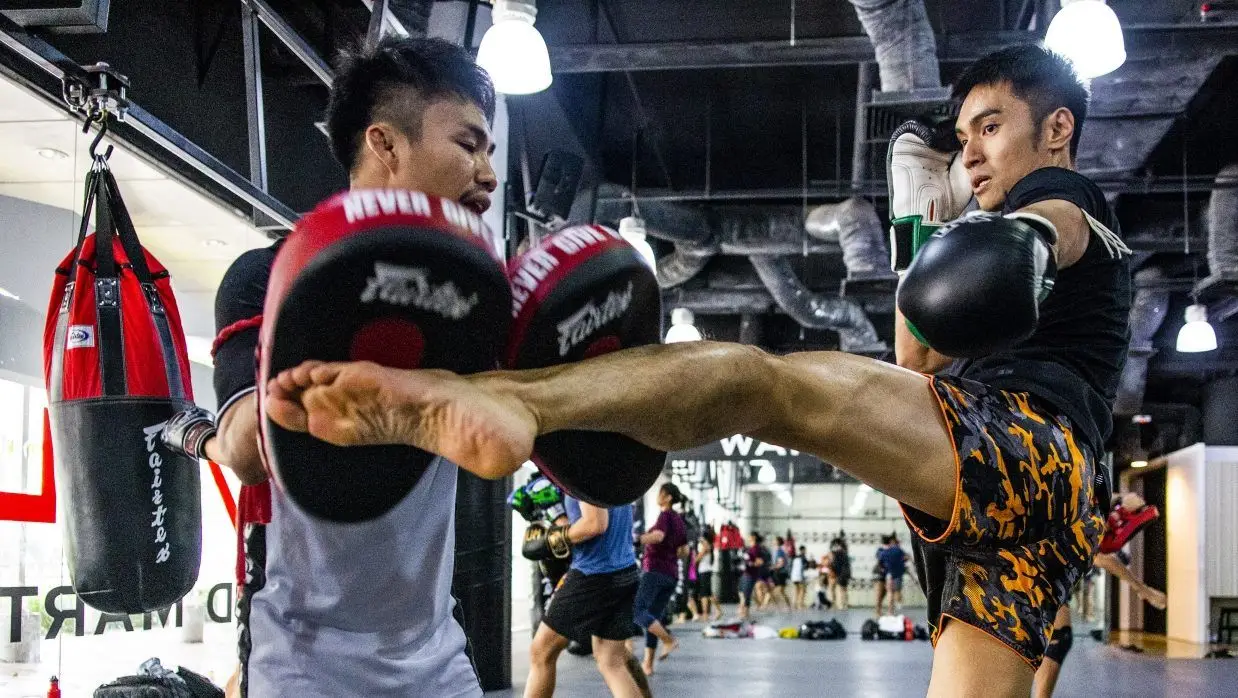
WHAT IS THE DIFFERENCE BETWEEN COMBATIVES AND REALITY-BASED SELF-DEFENSE?
Sparring and reality-based training are crucial for self-defense because they simulate real-life situations and prepare practitioners to react and defend themselves under pressure.
Unlike form-based martial arts that focus on memorizing and performing specific techniques in a controlled setting, sparring and reality-based training allow practitioners to develop their reflexes, timing, and decision-making skills in a more dynamic and unpredictable environment.
These developed reflexes and quick thinking are critical in self-defense situations with no rules or scripts. Practicing sparring and reality-based training also helps practitioners learn how to manage adrenaline and remain focused in high-stress cases, which is essential for practical self-defense.
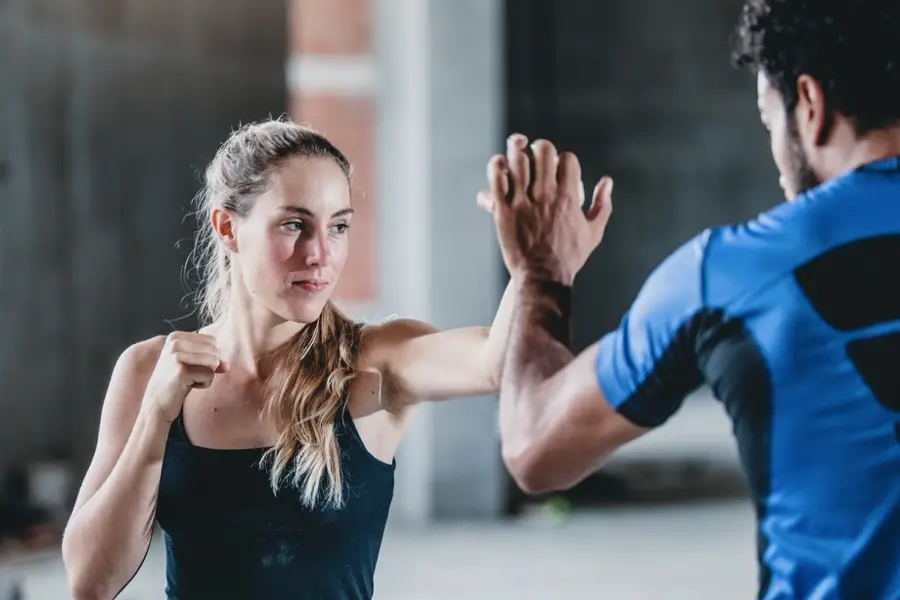
While form-based martial arts and scripted techniques are valuable in developing basic skills and muscle memory, they may not always translate to real-world situations.
In self-defense or street fighting settings, attackers are unpredictable and can quickly change their tactics. Relying solely on pre-rehearsed techniques may not always work and could leave a practitioner vulnerable to counter-attacks. In contrast, actual combat, sparring, and reality-based training allow practitioners to adapt to changing situations and learn to improvise and apply their techniques more fluidly.
FINAL THOUGHTS ON FINDING THE BEST MARTIAL ARTS FOR SELF DEFENSE
In conclusion, there are several martial arts options for learning self-defense, ranging from traditional styles, stand-up combat, and ground fighting. Each fighting discipline has advantages and disadvantages in using its techniques for both street fighting scenarios and self-defense.
If you want to be well-rounded and have an answer for nearly any situation in and outside the dojo, MMA is your best option. A traditional martial art style might suit you if you want to learn the basics paired with mental grounding.
Ultimately, the most critical decision you can make when choosing what kind of martial arts style to train is who you are getting your instruction from, ensuring that you are learning with trained, qualified, and reputable professionals.
Newsletter
Signup for news and special offers!
Thank you!
You have successfully joined our subscriber list.















